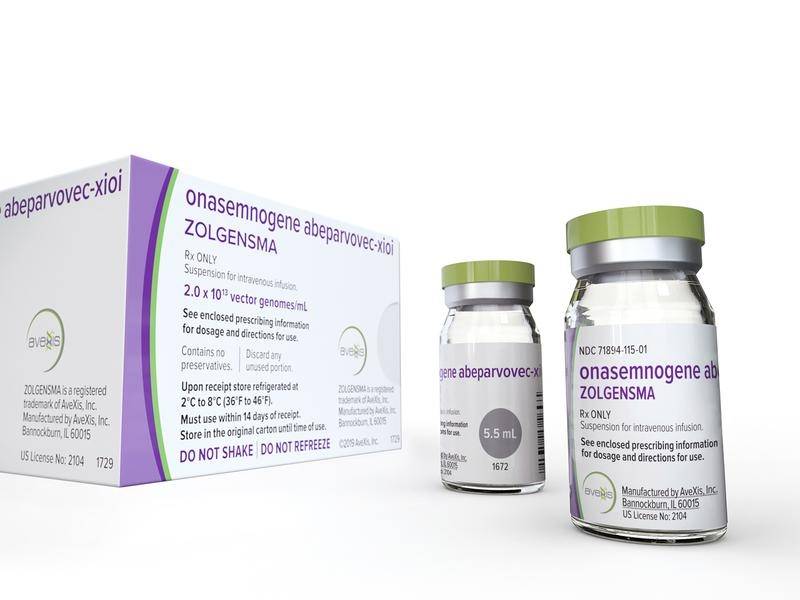Novartis points to Zolgensma long-term benefits amid data scandal

Novartis has new data in hand for spinal muscular atrophy (SMA) gene therapy Zolgensma that it hopes will move the narrative on from the data manipulation investigation that has dogged the drug.
The Swiss drugmaker’s AveXis unit presented new results this week showing that infants with the muscle-wasting disease who were treated with Zolgensma (onasemnogene abeparvovec) before six weeks of age were meeting normal development milestones.
The update from the SPR1NT study – presented at the European Paediatric Neurology Society (EPNS) congress – showed that the babies with SMA type 1 started to sit up unassisted after an average of 7.6 months. Untreated babies with this form of the disease typically never sit without help.
Another set of new data in older babies treated with Zolgensma showed that the therapy prolonged event free survival compared to the usual course of the disease, as well as improving motor function in patients with SMA type 1 who were treated before they were six months old.
Out of 22 patients in the US arm of the STR1VE trial, 20 were still alive, without permanent ventilation, at an average follow-up age of 15.8 months. The natural history of the disease suggests less than a quarter of patients would survive to that age without treatment.
Meanwhile, five of six patients in the US arm of the study who reached the 18-month follow-up timepoint were sitting independently, while one could pull to a stand and walk with assistance.
The new data is a welcome development for Novartis, which has been on the back foot for weeks over revelations that some of the animal testing data for Zolgensma contained in the marketing application was compromised, and that it was aware of the problem before the $2 million-per-treatment gene therapy was approved.
There’s never been any suggestion that Zolgensma’s approval is under threat from the scandal, however, and Novartis now has some more impressive data on the gene therapy’s benefits as it tries to encourage screening for SMA and use of its new therapy.
“These updated data reinforce what we have seen in other Zolgensma studies, including survival of children with SMA type 1 who would have in the past died or required permanent ventilation before the age of two,” commented Eugenio Mercuri of the Catholic University in Rome, one of Zolgensma’s clinical investigators.
“We are seeing further robust evidence of the potential of gene therapy to effectively halt motor neuron loss, help patients achieve motor milestones and alter the course of SMA with a one-time treatment,” he added.
Novartis also revealed at the EPNS meeting that an investigation into the death of a six-month-old patient in the European arm of STR1VE concluded that the gene therapy was not at fault.
There had been fears that the child had suffered an inflammatory reaction Zolgensma, but the investigation found that the cause of death was oxygen deprivation after respiratory distress, according to Reuters.












